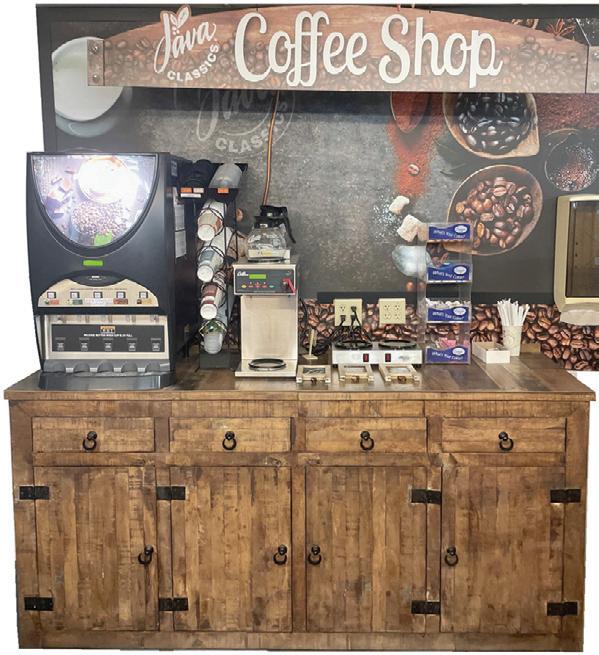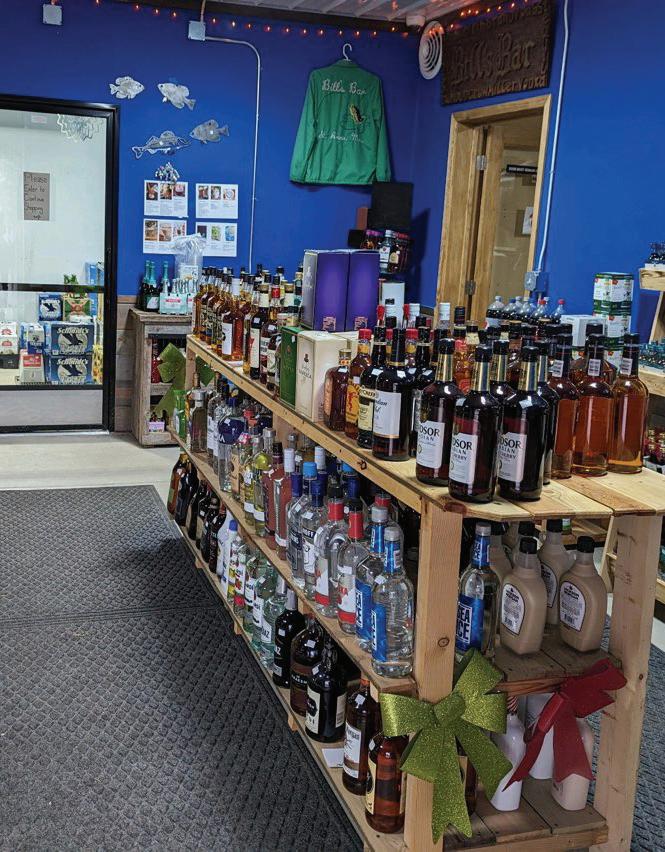





























































































BY BEN SONNEK STAFF WRITER































































































BY BEN SONNEK STAFF WRITER
Coy Sjogren is out for more than one kind of perfect shot.
Whether hunting with a gun, camera or both, he continues to develop the skills he hopes to one day turn into his own photography business.
“Capturing the moment can be everything to people,” Sjogren said. “A picture can explain a thousand words, or one video can explain an entire hunt. It’s fun to try to capture that moment. … I also enjoy pulling the trigger.”
Born in Long Prairie, Sjogren was raised near Burtrum as the second oldest of seven children. His family and he moved to Oregon for a couple of years but returned to Minnesota. After about five years on Lake Sylvia, Sjogren’s family moved to Sauk Lake.

Sjogren graduated from Melrose High School in 2021 and currently lives near Cedar Lake. He works for his older brother, Sam, at Oaks Tree Service in Sauk Centre.
Sjogren’s interest in hunting began with his dad, Josh, who taught
him at a young age. Sam also helped him get the hang of it.
“(Sam) always led the path for me on the whole hunting excursion, but I think I was better than him at fishing,” Sjogren said. “I was always the fisherman, and he was always the hunter, and now, I enjoy hunting quite a bit because I have a dog, Lindy. … (Sam) and I were partners in crime with everything. We were always together, and I don’t know if there was ever an experience that’s stuck in my head that he’s not in.”
Sjogren is also grateful for the support of his girlfriend, Summer Fletcher.
“She’s been through it all with me,” he said. “She’s dealt with me being gone a lot, too, (and) she enjoys going and watching.”
Family is also what got Sjogren interested in photography.
His grandfather, Randy, gifted him his first camera after hearing Sjogren’s hunting stories and wanting to see pictures from them. Melissa, his mother, used to work for a photography business in Sauk Centre and taught Sjogren how to shoot photos.
Sjogren taught himself photo editing to enhance his pictures.
Sjogren page 3C










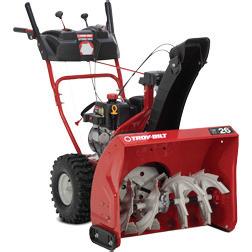







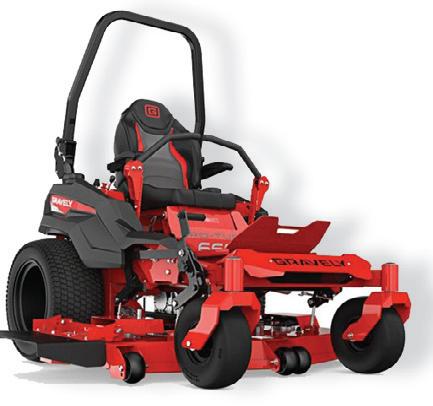













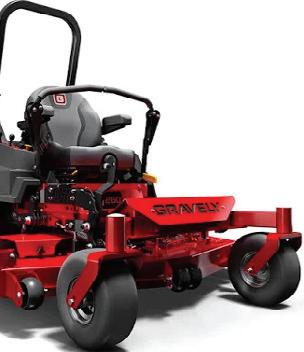

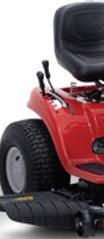


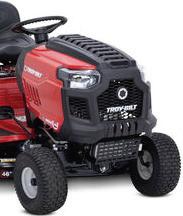
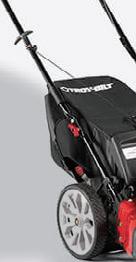

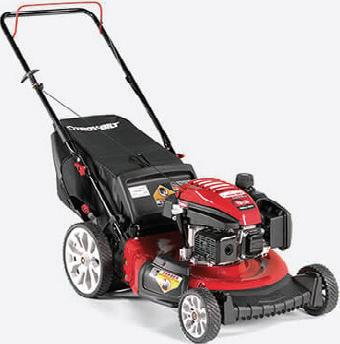






from page 2C
After getting his camera, Sjogren also participated in a four-week guide school in Montana when he was 15, where he learned survival, horse packing, first aid, CPR and more. He was ready for photography in the wilderness on his return, but the first camera did not last long.
“When I was coyote hunting, I was trying to film my own hunt, and I fell into the snow and (the camera) got water damage,” Sjorgen said. “I took my mom’s old camera. … (She) had all the lenses and everything for it.”
Then, some locals approached Sjorgen about taking pictures of their hunt, so he gladly tagged along.
“It was a lot of fun,” he said. “I fell in love with it because capturing the moment is priceless.”
Later, Sjogren was going to take some pictures of duck and goose hunting in Montana with some friends, but before the trip, a lot of his hunting and photography gear — including the camera — were stolen from his car. He had to use a video camera while in Montana and buy another camera on his return.
Sjogren has been

holds up a goose he shot Oct. 4, 2023,
asked to do photography on smartphones, but he prefers to use professional equipment.
“My whole goal of photography is to get better every day,” Sjogren said. “(The camera phones) weren’t teaching me anything.”
It is fairly common for a shot with the camera to cost Sjogren a shot with his gun, and vice versa.
“I was sitting in a wood duck hole with my dog,” he said. “We were
watching all these ducks pile in, and I was taking pictures and videos of them coming in, landing and feeding on the water.
All of a sudden, my dog snapped her head one way, and all of them got up and left, and I didn’t even have my gun loaded. … I ended up hunting (the area) the next day and killing our limit (of) three ducks in one shot.”
In Sjogren’s experience, goose hunting is the most difficult to photo-
graph — especially when everyone is waiting in a below-ground pit blind. The birds come in high, which makes them hard to capture, he said. However, in the goose early season, they are easy to film if Sjogren has a blind behind the hunting party and can see everything.
Sjogren also likes going out on turkey hunts, and he has helped many people bag their first one.
In the future, Sjogren would like to own a photography business, open to taking senior pictures and the likes along with wildlife photography. He aims to acquire new equipment in spring, including a computer to edit on. Until now, all his photo editing has been done on his phone.
“Most people don’t understand what kind of work goes into it,” Sjogren said. “They think you’re just out there, taking a picture and then sending it to them. If they want it edited, that’s another 10 hours of your time, especially if it’s a video.”
When all the shots are taken, Sjogren likes to show the photos to his family and friends.
“I’ve never done it for any other reason but to share,” he said. “Coming home and showing my dad videos is one of my favorite things to do. … It’s cool to be able to capture those moments.”
Strangs compete in quad racing 8C Brown shares mushrooming experience, advice
10C Toptracer allows year-round golf
NEWS STAFF
Natasha Barber, editor, natasha@saukherald.com
Sarah Middendorf, editor/writer, sarah.m@star-pub.com Ben Sonnek, writer, ben.s@star-pub.com Emily Breth, writer
SALES STAFF
Missy Traeger, 320-291-9899, missy@saukherald.com
Robin Brunette, 320-293-5911, robin@star-pub.com Tim Vos, 320-492-6987, tim.v@star-pub.com
Jaime Ostendorf, 320-309-1988, jaime@star-pub.com
Bob Leukam, 320-260-1248, bob.l@star-pub.com
Neil Maidl, 320-292-4454, neil.m@star-pub.com
PRODUCTION STAFF
Amanda Thooft | Nancy Powell | Maddy Peterson Cheyenne Middendorf | Karen Knoblach Annika Gunderson | Nadiia Zalitach




































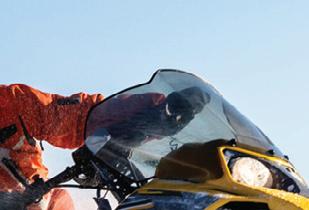








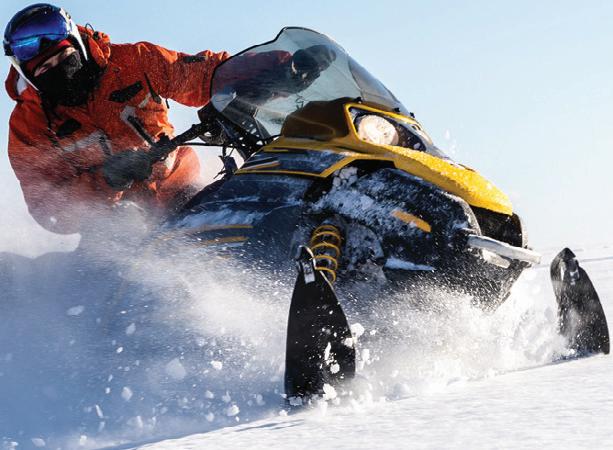













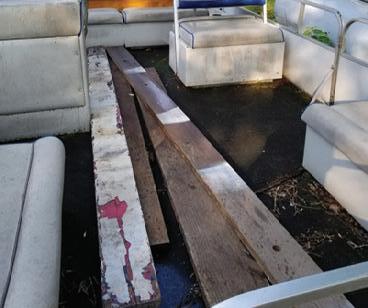
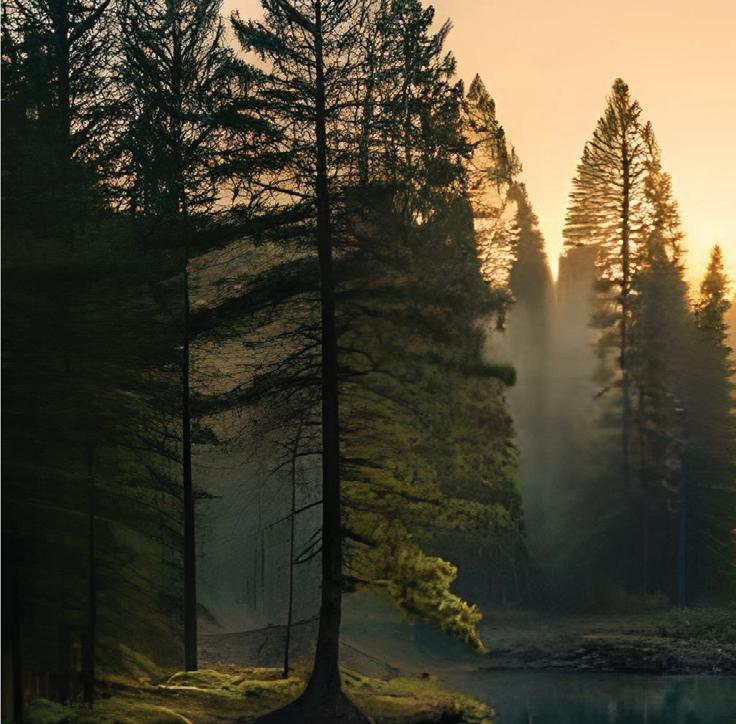
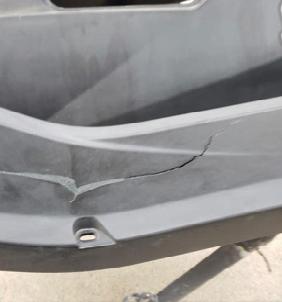








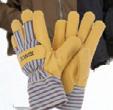

















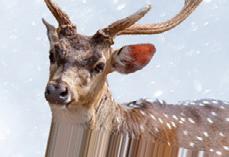










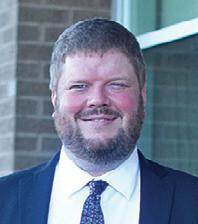






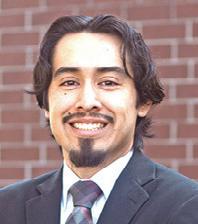






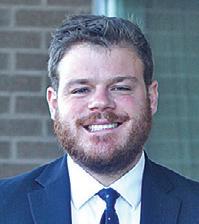
















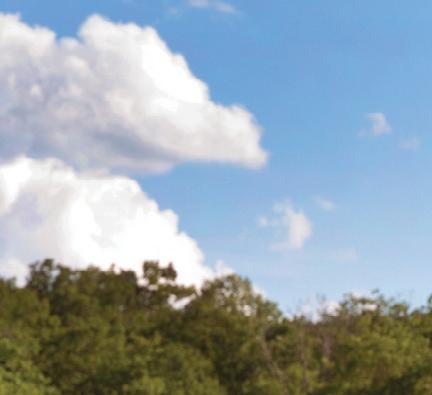


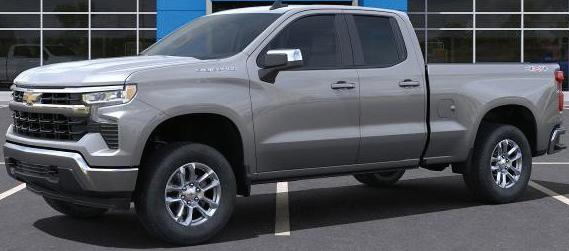


















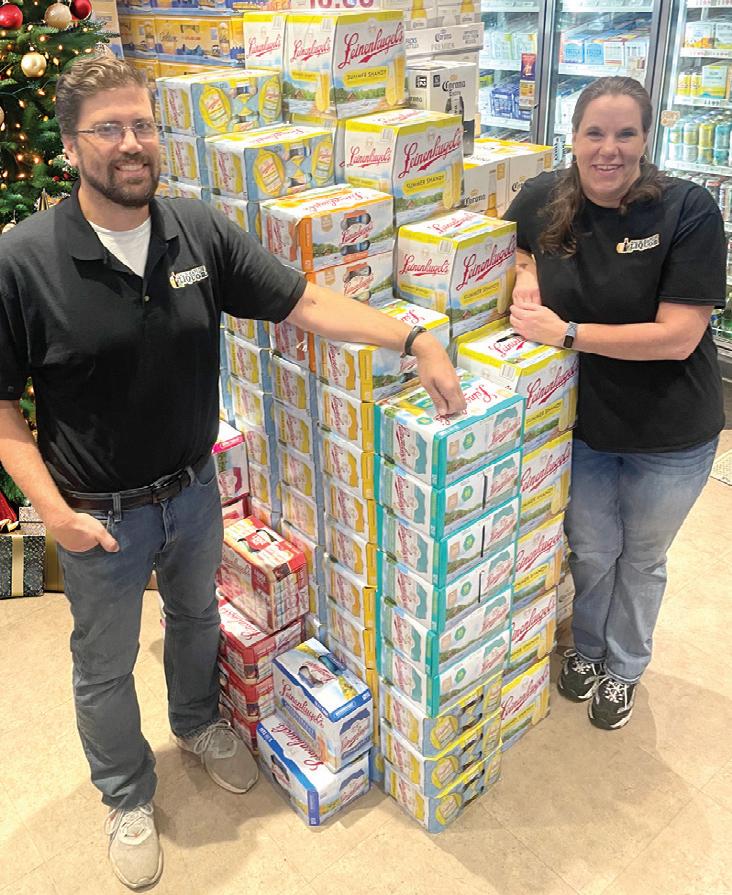


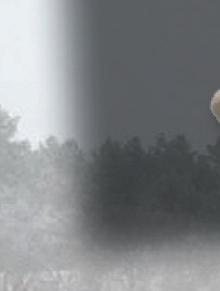


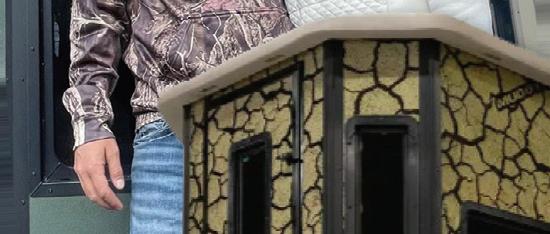






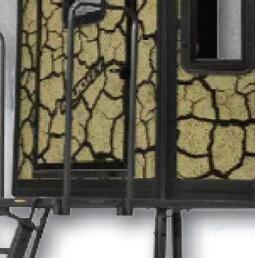











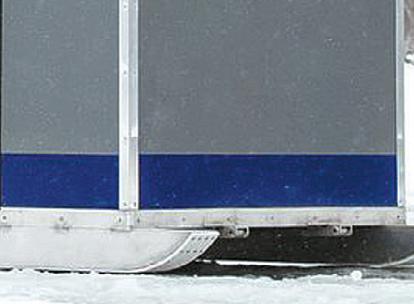











BY SARAH MIDDENDORF STAFF WRITER
For some, it takes a lifetime to find a passion, but Ethan and Alex Strang found theirs at a young age. The boys spend hours perfecting, practicing or just having fun pursuing their passion: quad motocross racing.
“I wanted to do quads because I have a few guys who I look up to that are in pro, and I just wanted to be like them,” Ethan said.
Ethan and Alex are the sons of Amanda and Paul Strang, of Foley. Ethan, 12, and his brother, Alex, 7, have been racing ATVs for several years.
Ethan and Alex started racing at age 4. Alex started because he wanted to follow in his big brother’s footsteps.
Amanda enjoys watching her boys race for different reasons.
“Alex, I like watching him just come out of his shell,” Amanda said “He’s all about everybody else. Ethan, it’s watching him strive to be better. He learns from his mistakes. It’s watching him constantly succeed.”
In a motocross competition, the boys typically complete eight laps around a track.
Before the race starts, racers can do hot laps, to get a feel for the track and handling of their machine.
“I normally take one or two laps,” Ethan said. “I normally just go out
The Strang family — Ethan (from left), Alex and Amanda — gather Dec. 16, 2024, at Moto Nutrition in Foley. Ethan, 12, and his brother, Alex, 7, have been racing ATVs for several years.
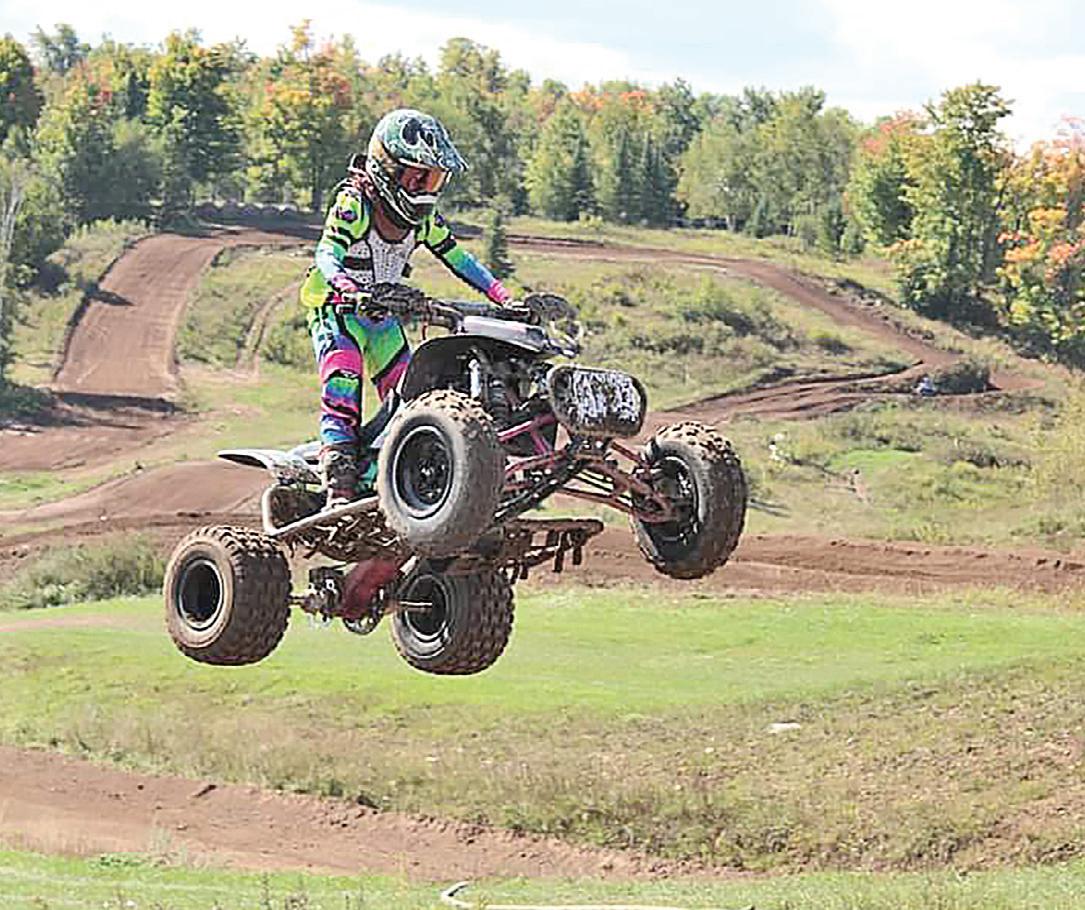
Ethan

learn is incredible,” Amanda said.
Ethan and Alex have many favorite aspects of racing, both on and off the track.
“(My favorite is) when my friends come or cousins and family (come),” Alex said. “It’s about having fun.”
During each race, there are many obstacles each competitor comes across, like jumps, corners and straight aways.
there, learn the track, go back up to the line, and I just send it.”
Each track is different and can take different amounts of time to finish.
Amanda said Ethan can make one lap on the local tracks in about a minute and a half, but on the national tracks, it takes about three minutes per lap.
“We do have a need for speed in


our family,” Amanda said. “That’s what kind of pushed us out there.”
During each race, there are many obstacles each competitor comes across, like jumps, corners and straight aways.
“A lot of times, the (jumps) are fun because you feel like you are flying,” Ethan said.
Safety comes first when it comes to practicing and racing. Boots, chest protector, neck braces and helmets are on — no exception.
The Strangs have a small track at their home, so Ethan and Alex can practice whenever they would like.
“I’m gonna try and stick to it as long as I can,” Ethan said.
When Ethan started, there were probably three to four kids in his class, and now, there are closer to 15.
“There’s a huge growth, and it’s nice to see,” Amanda said.
Because they spend so much time at racetracks, the kids and parents become close. The Strangs have created many relationships within the racing community. Amanda said they have a family at home but also a racing family.
“(I like) getting to hang out and race against a lot of my friends,” Ethan said.
Amanda smiled.
“They are very polite, all of the kids are, and the sportsmanship that they




Amanda totaled up Ethan’s racing career over the past eight years. He has over 100 first-place wins as well as three state championships.
“You can watch him, and it looks like he’s looking straight ahead, but really he’s looking over there (at what’s next),” Amanda said. “He’s already got this mapped out, but (he’s) looking at what he can do over there and where he can avoid injuries and avoid accidents. He’s learned and developed those skills, and to me, as a parent, that’s amazing to watch.”
When the family is not spending time at races, they are spending countless hours working on the engines of the quad.
“He likes blowing up motors,” Amanda said. “He rides hard. He’s learned and come a long way.”
Motocross is such an important part of their life when Amanda opened a Foley nutrition shop, she named it after her boys. Moto Nutrition has been open in Foley since 2023.
The Strang family has traveled many miles — including Florida, Georgia, Illinois, Indiana, Michigan, Ohio, Pennsylvania, Tennessee and Texas — to enjoy this sport between national races and trainings.
“This is something that we get to travel (for),” Amanda said. “Our kids get to see the world. We are giving them more than what we got.”

















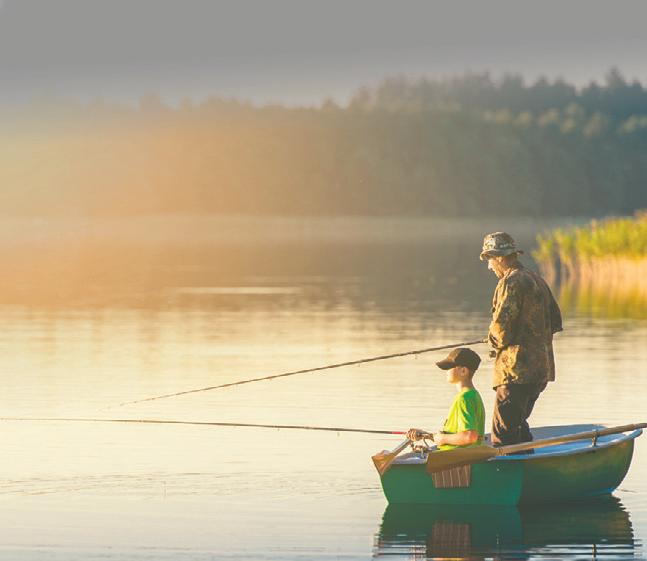




BY BEN SONNEK | STAFF WRITER
There is more food out in nature than one might initially realize, especially when it comes to mushrooms.
Shane Brown, of Sauk Centre, has years of experience to tell him what is safe to eat, and while it sometimes can be tricky to tell the good forage from the bad, the results can be more delicious than expected.
Brown’s interest in mushrooms started about 11 years ago, when rising food prices had him considering ways to better live off the land. His brother, Lee Brown, is also skilled in wilderness survival techniques, and Brown wanted to supplement that with knowledge of what is and is not edible in the wild.
Brown typically starts mushrooming around April or May when the morel mushrooms appear, and the summer is the busiest season. He forages within an approximate 30-mile radius of Sauk Centre, where the most common mushroom types are oyster, hen of the woods, giant puffball, shaggy mane and fairy ring. People will often call him to let him know if they have mushrooms on their property, and he is happy to walk through their woods and teach them the basics of what is edible on their land.
To avoid harm from a hazardous mushroom, Brown strongly recommends everyone, experts included, check their finds against
more than one source. Most mushrooms are safe to touch, even if they should not be ingested, so they can be brought home for examination, he said.
“Don’t ever eat anything until you’re 100% certain what it is, and then, still check it with one or two more people to make sure,” Brown said. “There are very few mushrooms in Minnesota that’ll actually kill you unless you eat a bunch of them, but there are a lot that’ll make you sick to the point you’ll wish you were dead.”
One of the biggest hazards while mushrooming is not finding poisonous varieties; it is getting lost.
“We’ve used drones and dogs to find people who have gone out to find mushrooms and have gotten lost in the woods,” Brown said.
Brown’s favorite mushroom is the chanterelle, which is easy to find and can be made into desserts as well as main course dishes thanks to its citrus-apricot flavor. His wife, Pam, also enjoys mushrooms and is fine with trying new kinds — as long as Brown puts in enough research first.
“We’ll pan-fry (chanterelle) in a dry pan, and when they’re about done cooking, when all the moisture is cooked out of them, I’ll put in a pat of butter and brown sugar, and we’ll basically candy-coat them and let them cool,” Brown said.
Brown page 9C




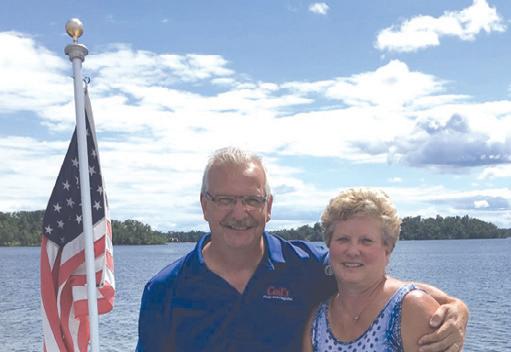








“We’ll eat them on road trips in place of Twizzlers.”
Brown has often used mushrooms as a substitute for meat in pulled pork and chicken recipes.
“The chicken of the woods has the same chicken texture,” Brown said. “We’ve often used it to make chicken burgers during the summer.”
Along with the forage, Brown grows mushrooms at his home, including gold and yellow oyster mushrooms and shiitake, all planted in logs inoculated with spores. He also grows lion’s mane and pink oyster mushrooms in his living room, which makes for an interesting conversation piece when they are in full bloom.
Harvested mushrooms are stored best in a paper bag in a cool environment so they can breathe, he said. They can go bad, and Brown’s rule of thumb for them is, unless it is a lobster type, a mushroom should never smell like seafood, and it is a bad sign if it leaks a gunky residue. He has known some people who throw away their mushrooms because they appear to be coated in a white powder, but those are just harmless spores, he said.
During the coronavirus pandemic, Brown read book after book on foraging for personal use. Once he really got into it, he joined the Minnesota Mycological Society to get his licensure to sell safe mushrooms, which he has sold at farmers markets.
“We’re a big hunting and fishing family, always out in nature,” Brown said.
His foraging expertise also covers plants like dandelions and nettles, but when it comes to mushrooms, he finds people think of them as the least appeal-
ing option.
However, he has also noticed how people’s experiences have been limited to button mushrooms, often cooked to a less-than-ideal texture.
“Other mushrooms have a firm texture no matter how you cook them,” Brown said. “The biggest appeal for myself and other people out there is the different textures and flavors mushrooms have.”
Additionally, fungi are plentiful outdoors. Most varieties have a considerable amount of protein at a minimum, and many have carotene, zinc, riboflavin, and other vitamins.
“There’s one called the hen of the woods; that particular mushroom has been linked to curing cancer as well as Alzheimer’s in some cases,” Brown said. “The lion’s mane mushroom has been used by the University of Minnesota for dementia (treatment).”
Foraging groups often find more than mushrooms on their hunts. Brown is part of one Facebook group that documents all the strange things they have come across, and some of the most common items are abandoned baby dolls.
“It’s the weirdest thing,” Brown said. “In the last seven years, I’ll bet I’ve found at least a dozen dolls, … and they all have been there for years, like you see in scary movies.”
Parties can also locate invasive species, which can help natural resource organizations curb spread and protect native habitat .
For anyone interested in mushrooming or foraging in general, Brown encourages people to begin by going with someone experienced.
“Be cautious, but don’t be afraid,” Brown said. “Be adventurous, but don’t eat anything until you’ve thoroughly vetted it.”


Swivel D-Rings in Bed, Spare Tire, Tool Box.
H+H Dump Trailer HDWBIT8314-BP-140 83”X14’, 2x7,000lb Electric Brake Axles, 24” Tall Sides, Telescoping Lift Cylinder, 12,000lb Drop Leg Jack, Large Tool Box, 110 Volt Battery Charger, Rear Split Gate or Spreader Feature, ST23580R16 10 Ply Tires on Black Steel Wheels, Rear Slide Out Ramps, Step to Get Out of Bed, 4-D-Rings in Box, Spare Tire Mount, Roll Up Tarp 10Gauge Floor. Xpress 8.5’X20’, XLT, Car Hauler, Enclosed Trailer With 36” V-Nose, Charcoal Screwless Exterior Sheeting, .2x3,500lb Electric Brake Axles, 7000lb Gvwr, 1 Piece Aluminum Roof, Rear Ramp Door With 79” Tall Rear Opening Height, 16” On Center Crossmembers, ST20575R15 Radial Tires On Black Steel Mod Wheels, 4-D-Rings In Floor, 32” Side Door With RV Latch, Flow Thru Wall Vents, 1-Dome Light, 3,4” Water Resistant Flooring, 3/8 ” Wall Sheeting, 2 5/16” Ball Coupler, Side Escape Car Door. $10,250 $11,650 $11,200




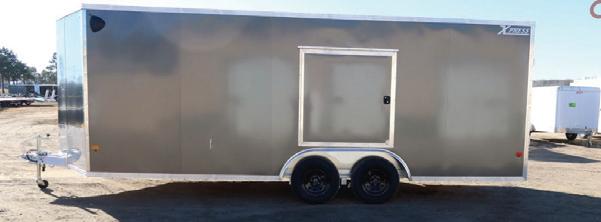


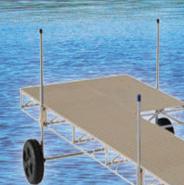

















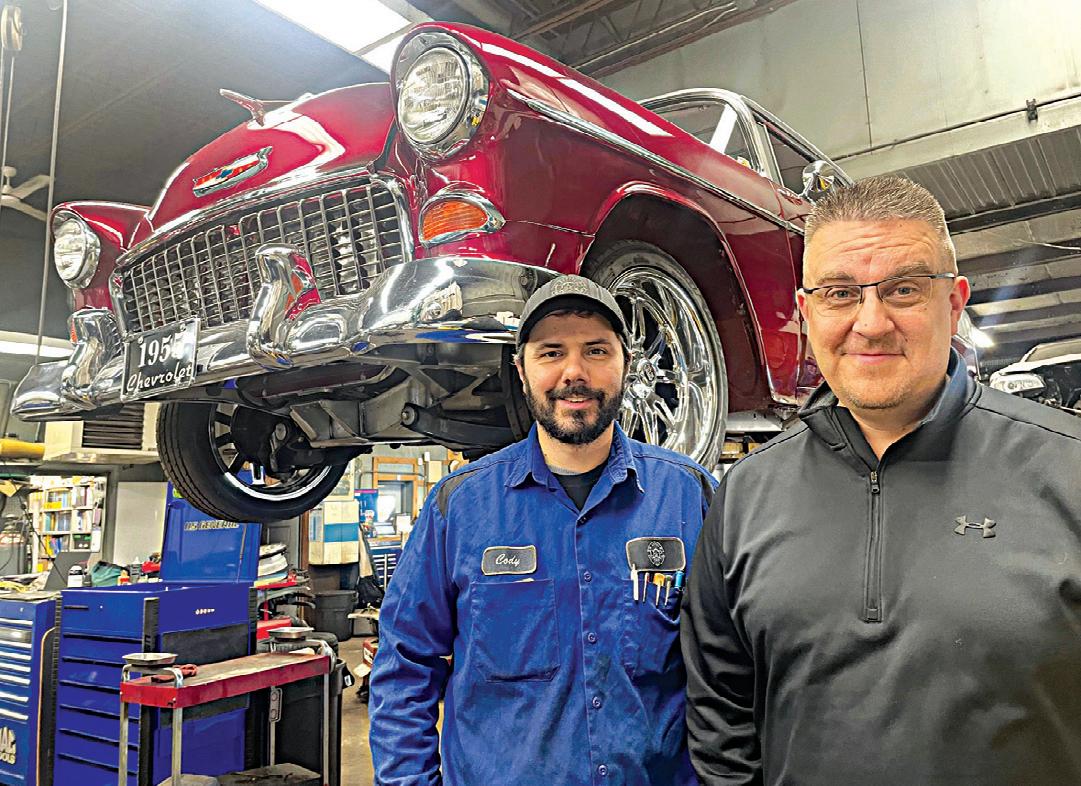


BY EMILY BRETH | STAFF WRITER
Whether a beginner or advanced golfer, hitting golf balls can be done during all seasons of the year. Places such as Albany Golf Club offer golfers of all experience levels the opportunity to practice their swings even on the coldest winter days.
Ryley Leither is in his third season as an employee at Albany Golf Club. He shared thoughts about the facility’s ball tracking technology, known as Toptracer.
“My favorite part is even if you are not good at golf or are an avid golfer, you can still have fun with the games,” Leither said. “Even if you don’t have the most powerful swing, if you are able to hit the ball, it will still read it.”
Toptracer, which is incorporated into the club’s driving range, allows golfers to practice their swings or play simulated golf games throughout the year. Technology tracks the golf ball and can provides immediate feedback for athletes that can be used to analyze performance.
The Toptracer driving range can be an opportunity for friends and family to have a night out or see each other after a busy week. And, it allows dedicated golfers to keep swinging throughout the cold season.
“It keeps people golfing year-round when half of the year is covered in snow,” Leither said. “It allows people to come out and try their new golf clubs they got for Christmas or still hit the ball throughout the year.”
The Toptracer driving range, which features 12 stations in a three-sided heated area, allows people to practice their strokes, work on fundamental skills or even play a couple holes of virtual golf while remaining sheltered from the elements.
Weather does not play a significant role in what visitors can do, Leither said.
“Pretty much, it is just keeping it shoveled and salted, otherwise, it is pretty much the same,” Leither said. “We have people who smooth out the snow, and the sensors work through the snow. We still use the same equipment to pick up the balls and keep it clean.”
Within the technology, multiple sensors collect information to determine the velocity, distance and speed of someone’s hit.
“It allows them to come out, and our virtual golf is so accurate they can still get their practice in and know exactly how they are hitting the ball and what they need to work on,” Leither said.
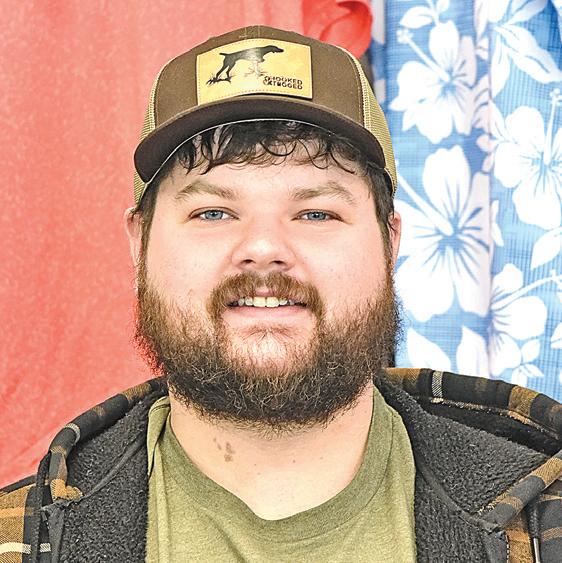


Albany Golf Club’s Ryley Leither is in his third season at the facility. Leither shared information on the club’s driving range that features Toptracer technology, which can be used yearround.
Albany’s technology includes 28 virtual courses — some being well-known courses around the United States. The virtual landscape, such as hills and bunkers, give players the sense of playing the real-life course, and the tracking technology allows players to compare skills to professionals.
The Toptracer technology also has different games customers can play.
“A lot of people have been getting into virtual golf,” Leither
said. “So, we figured add one (in the area) and give more people the chance to get their golf itch out.”
Leither said the range is nice for people who are not confident in their golfing skills or are nervous about being on the course with a lot of people. Within the range, people have the ability to play on their own, at their own pace and take their time.
“I used the Toptracer here before I got out on the course,” Leither said. “It got me a lot more comfortable and more prepared to be out on the golf course.”
Albany Golf Club’s Toptracer facility has been open for six years and has seen visitors from out of state as they were traveling through the area.
“It’s a very cheap and affordable way to get the family out in the winter and still stay warm and enjoy the outdoors,” Leither said. “It is just something to do to get out and have some fun.”
















